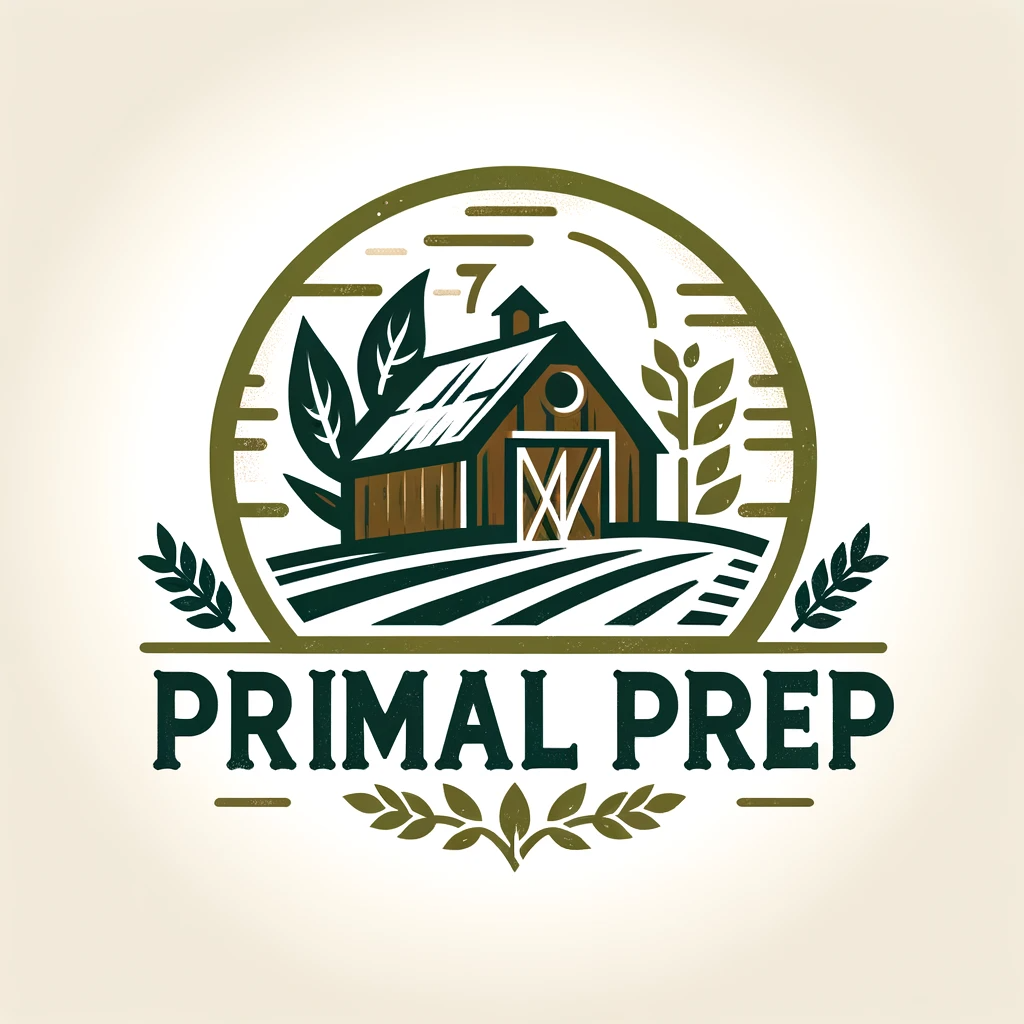Your cart is currently empty!
Seeds of Change: The Prototypical Homestead as a Foundation for a Sustainable Movement”
The funding of the first homestead project in a burgeoning homesteading movement represents a pivotal step in a journey towards sustainable and community-oriented living. This essay delves into how this initial project is not just a standalone endeavor but a prototype for a larger movement, and how it can serve as a catalyst for bootstrapping subsequent homesteads.
The Genesis of the Prototype Homestead
The first homestead project, conceived as a prototype, marks a significant milestone in realizing the vision of a network of sustainable living spaces. This initiative is funded through a novel approach, combining principles of crowdfunding, community investment, and perhaps even leveraging digital currencies. Such funding methods align with the ethos of self-sufficiency and communal participation that underpin the homesteading movement.
Crowdfunding, in particular, allows individuals who resonate with the idea of sustainable living to contribute financially, making them stakeholders in the project. This model not only raises capital but also fosters a sense of ownership and community among investors, who are motivated by both potential returns and the fulfillment of being part of a meaningful venture.
The Prototypical Nature and Its Broader Implications
This first homestead is designed as a model, embodying the principles and practices that will define subsequent projects. It focuses on sustainability, from its construction materials and methods to its operations, including organic farming, renewable energy use, and waste reduction. The layout and structures, such as eco-friendly housing, communal spaces, and areas for agriculture and livestock, are planned to optimize both environmental stewardship and community living.
The success of this prototype is crucial. It serves as a tangible proof of concept, demonstrating the viability of such a lifestyle and the effectiveness of its funding and operational models. This prototype becomes a blueprint, a living example that can inspire and inform future homesteading projects.
Bootstrapping Future Homesteads
The concept of bootstrapping other homesteads stems from the success of the prototype. A portion of the profits generated from this initial homestead – through agricultural sales, eco-tourism, educational workshops, and possibly other revenue streams – can be reinvested into funding additional homestead projects. This self-perpetuating financial model ensures that the movement can grow organically, without relying excessively on external funding sources for each new project.
Furthermore, the experiences, lessons learned, and best practices from the first homestead become invaluable resources. This knowledge transfer is crucial for scaling the movement efficiently, allowing each new homestead to avoid early pitfalls and build on proven strategies.
A Catalyst for Community and Sustainability
The first homestead project goes beyond being just a residential or agricultural endeavor. It embodies a shift towards a more connected, sustainable way of life, counteracting the isolation and environmental disconnect prevalent in modern society. As a hub for community and learning, it attracts like-minded individuals and families, fostering a shared sense of purpose and belonging.
Additionally, the homestead serves as an educational and experiential center, where people can learn about sustainable practices, organic farming, renewable energy, and community living. This educational aspect is pivotal in spreading the homesteading ethos and equipping others with the knowledge and inspiration to start their homesteads or adopt sustainable practices in their lives.
Conclusion
The funding and successful operation of the first homestead project represent more than just the realization of a single sustainable living space. It’s the inception of a larger movement towards eco-conscious, community-oriented living. As this prototype thrives, it lays the groundwork for a network of homesteads, each contributing to a collective vision of a better, more sustainable way of living together. This project is not just about building homes but about nurturing a new way of life that echoes with our innate desire for connection to the land and each other.
